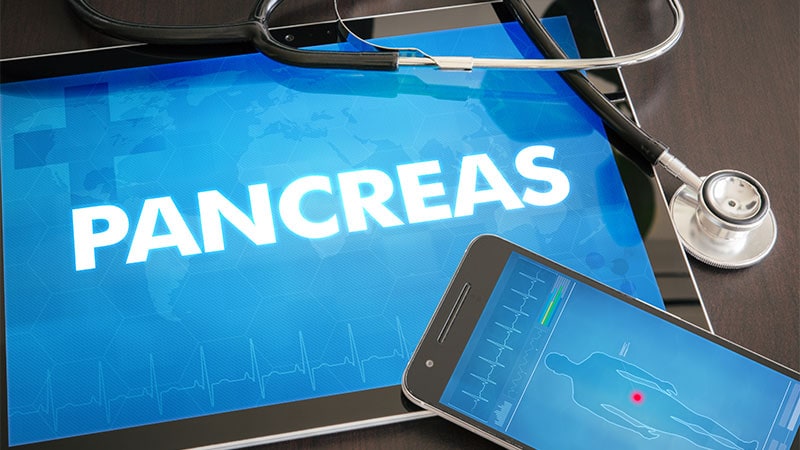Researchers published the study covered in this summary on Preprints with The Lancet as a preprint that has not yet been peer reviewed.
Key Takeaway
-
When used in an appropriately trained and equipped clinic setting, supported open-source artificial pancreas systems (SOSAPS) are at least as safe and effective as retail APS, but with lower cost.
Why This Matters
-
An estimated 30,000 people with type 1 diabetes (TID) are now using an open-source artificial pancreas system (OSAPS), which first became available in 2014.
-
The advantages of an OSAPS over a retail APS include support of a tubeless Omnipod patch pump controlled by a smartphone alone without need for an Omnipod personal diabetes manager; reduced up-front cost; and app agility resulting from rapidly evolving and increasingly flexible algorithms crowd-sourced by thousands of OSAPS users worldwide.
Study Design
-
Retrospective review of 248 children and adults with type 1 diabetes who received software and support from BCDiabetes to install and use an OSAPS. The first patient received this system from BCDiabetes in August 2020.
Key Results
-
The youngest person started on SOSAPS was 2 years old. Twenty people who began using the system were less than 10 years old, and 9 people were greater than 70 years old.
-
The review identified three episodes of severe hypoglycemia and no episodes of diabetic ketoacidosis. Two people stopped using their SOSAPS, in both cases due to the expense of replacing a lost or damaged component.
-
The average time that people in the cohort were in their target glycemic range significantly increased from 64% at baseline to 80%. Their average time below their target range fell significantly from 3.5% at baseline to 2.5%.
-
Average A1c levels fell significantly from 7.2% at baseline to 6.7% among the 184 people in the cohort with available data.
-
Levels of diabetes distress were low-mid before SOSAPS and low on SOSAPS. Fear of hypoglycemia scores were low before SOSAPS and lower still on SOSAPS.
Limitations
-
The logistical requirements for a SOSAPS service go beyond what is usually available at most diabetes clinics.
Disclosures
-
The study received no funding.
-
The senior author received samples and honoraria from Dexcom and Abbott Diabetes Canada. None of the other authors reported relevant financial relationships.
This is a summary of a preprint research study “Open-Source Artificial Pancreas Systems are Safe and Effective When Supported In-Clinic: Outcomes in 248 Consecutive T1 Patients,” by staff members of BCDiabetes, Vancouver, Canada, on Preprints with The Lancet and provided to you by Medscape. It has not yet been peer reviewed. The full text of the study can be found on https://www.ssrn.com/index.cfm/en/the-lancet.
Source: Read Full Article
